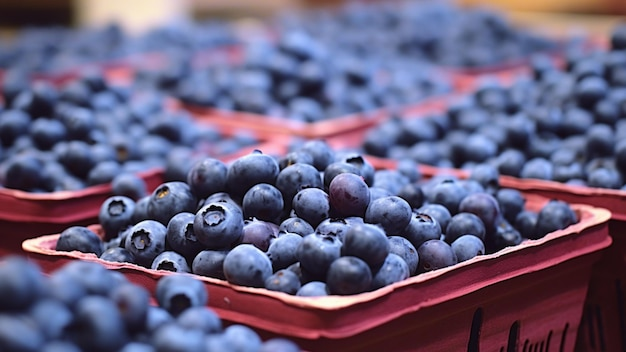Anthocyanins are a class of natural pigments found primarily in plants. Here are some common major plant sources of anthocyanins:
1. blueberries: blueberries are one of the richest plants in anthocyanins, especially wild blueberries.
2. purple potatoes: purple potatoes are an anthocyanin-rich root food, and their purple flesh is rich in anthocyanins.
3. Perilla: Perilla leaves are rich in anthocyanins, especially the purple part of the leaves.
4. purple grapes: the skin and flesh of purple grapes contain anthocyanins, especially black-skinned grapes.
5. red wine: red wine is rich in anthocyanins in the skin of the grapes.
Pure natural anthocyanin content varies depending on the type and variety of plant. Generally speaking, anthocyanin content is higher in anthocyanin-rich plants such as blueberries and purple potatoes. The exact content depends on the growing environment of the plant, the maturity of harvesting and other factors.
Individuals can consider the following when choosing anthocyanins:
1. Choose plants rich in anthocyanins: e.g. blueberries, purple potatoes, etc. You can find out the anthocyanin content in different plants by checking relevant information or consulting professionals.
2. Choose fresh plant ingredients: Fresh plant ingredients usually have higher anthocyanin content. You can choose seasonal fruits and vegetables.
3. Diversify your diet: Anthocyanins are not only found in specific plants, but can also be obtained by consuming a variety of fruits and vegetables of different colors. A varied diet will help you consume a variety of nutrients.
4. Pay attention to the way of consumption: Some cooking methods, such as overheating and prolonged boiling, may lead to anthocyanin loss. Raw or lightly cooked food in moderation may retain more anthocyanins.

Post time: Nov-12-2023


